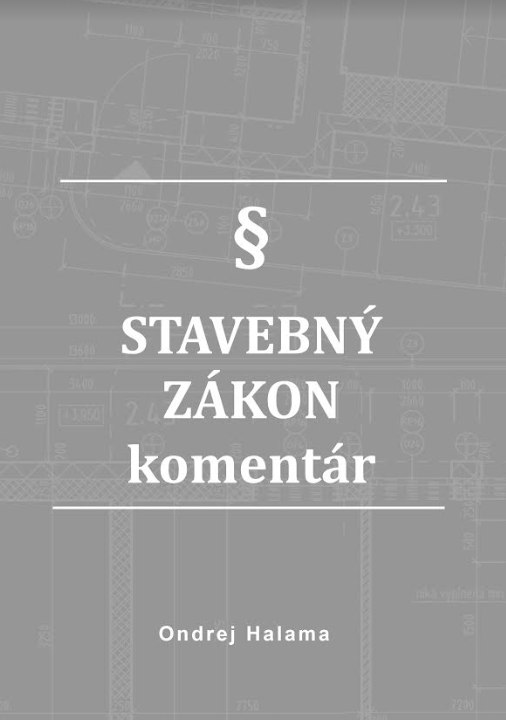You can download the entire Act on spatial planning as effective from 27.6.2024 here:
What did the new law on spatial planning bring?
I have summarised the new features introduced by this law in a podcast, which can be found in the premium content: https://shop.ondrejhalama.sk/produkt/premiovy-obsah-clenstvo-vo-facebookovej-skupine/
The explanatory memorandum to this law states, inter alia:
“The new Act on spatial planning aims to significantly strengthen research in the field of spatial planning and the transfer of research results into spatial planning principles, which will be issued as generally binding in the procurement and processing of spatial planning documentation. In addition, the new legislation also aims to professionalise the state administration in the field of spatial planning, reducing the administrative burden in spatial planning-related activities, in particular its computerisation and digitisation of data used as inputs related to spatial planning and construction, and the consequent integration of the spatial planning decision into the construction plan procedure.
The new legislation specifies the competences of the Office for Spatial Planning and Construction of the Slovak Republic (hereinafter referred to as “the Office”). Since the competence of spatial planning is an original competence of local government authorities, the Office will procure the Concept of Spatial Development of Slovakia and act mainly as a coordinator of a unified procedure and processes of spatial planning, through methodological guidelines. The existing stages of individual spatial planning documentation remain unchanged; the present draft law adds a new type of spatial planning documentation, namely the micro-region spatial plan.
The basis of the new legal regulation will be the computerization of spatial planning processes in a unified methodology and in one information system for spatial planning and construction, in which relevant data and information from spatial planning documents, spatial planning documentation and selected decisions of building authorities and verified design documentation of buildings will be stored and published.

A unified view of data and integrated systems through standard data exchange interfaces will be provided by an information system that will be accessible to all participants in the spatial planning and construction procedure according to the relevant authorisations and will provide the necessary services for the different phases of spatial planning, construction and operation of buildings.
The spatial planning process will be significantly simplified – this is to be facilitated on the one hand by the simplification of the procedural procedures themselves (cancellation of the concept, no discussion of the assignment, harmonisation with the environmental impact assessment processes), and on the other hand by the already mentioned significant computerisation, which will be based on the gradual digitisation of data on the territory and new spatial planning documentation in a unified form.
The procedural procedure will be carried out through the information system by competent persons. The simplicity or complexity of the procedural procedures will depend on the type of spatial planning documentation and the requirements imposed on it, which will be regulated by an implementing regulation.


